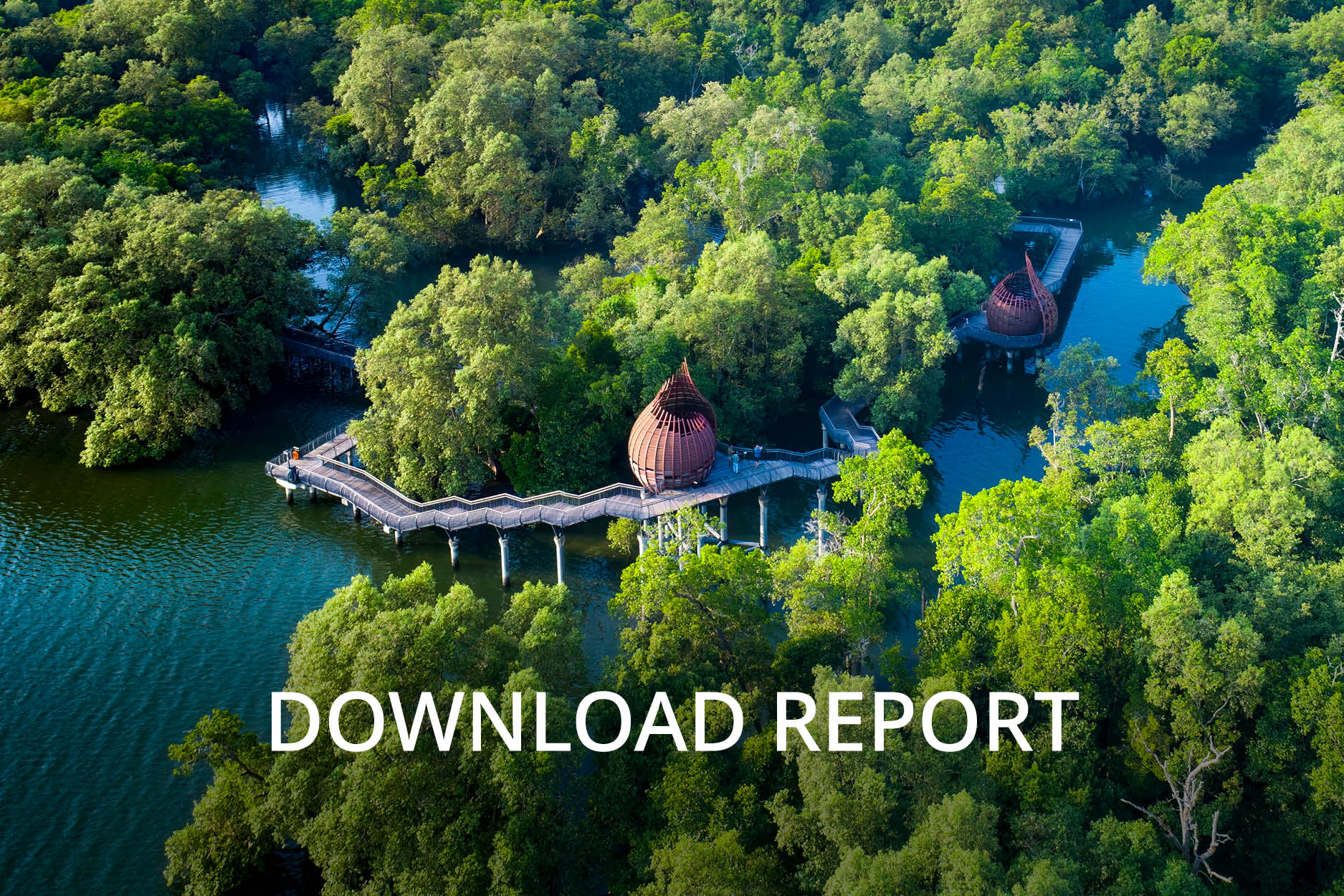Once a lawyer, now a TLL expert on cancer-eating bacteria
At first glance, Dr. Ian Cheong appears to be a typical Singaporean – conventional, amiable and soft-spoken. Behind that gentle persona, however, lies an extraordinary and inquisitive brain that is always searching for life's most pressing answers.
More specifically, Dr. Cheong is seeking a viable treatment for cancer.
His work as Principal Investigator at Temasek Life Sciences Laboratory (TLL) focuses on research in cancer therapeutics and discovering new methods for treating one of the world's leading killer diseases.
60 Seconds with Dr Ian Cheong, Principal Investigator at TLL
Interestingly, Dr. Cheong did not start out wanting to be a biological scientist. He had trained as a lawyer at the National University of Singapore (NUS). After completing his studies at the law faculty, he began his pupillage at Harry Elias Partnership which, as it turned out, piqued his interest in science.
Dr. Cheong recalled: "At Harry Elias Partnership, I interacted with scientists and engineers and felt irresistibly drawn into their world. I felt that science was too much fun to be left to the scientists, so I enrolled in NUS again but this time in the Faculty of Science."
In both law and science, he found strong and critical common traits.
Legal education, and litigation in particular, is excellent preparation for scientific research, he said, adding that litigators are used to being put to strict proof in the courtroom.
"In retrospect, the legal training was great for research because lawyers are naturally sceptical and adversarial by nature -- both of which are necessary for research. Scientists are like lawyers because we'll always challenge the status quo," he noted.
"You also have to be sceptical and challenge assumptions written in textbooks, or you will never progress and discover new things," Dr. Cheong said. "In my opinion, scientists become researchers by becoming more like lawyers. I just did things the other way around.
The former lawyer went on complete his graduate and postdoctoral studies at Johns Hopkins University in Baltimore, United States, where he lived for 10 years. He then returned to Singapore in 2011, when his journey with TLL began.
And it was at Johns Hopkins, where he mentored under leading cancer genomics researchers Professors Bert Vogelstein and Ken Kinzler that he learnt about a fascinating living organism.
Dr. Cheong explained: "My primary research focuses on a bacteria, called Clostridium novyi, which can only survive in the absence of oxygen. The nice thing about that is that cancerous tumours are typically deficient in oxygen.
"So if we join the dots, we can introduce the bacteria as spores into the body where they will germinate only within the tumour," he said.
Bacteria provides more accurate, targeted treatment
With oxygen scarce, C. novyi thrive in tumours where the bacteria grow and multiply, releasing enzymes that destroy the cancer cells. They then digest the residue.
C. novyi are some of the most oxygen-sensitive bacteria currently known, growing only in environments with below 0.5 percent oxygen. In comparison, the atmosphere is approximately 20 percent oxygen.
A cancer geneticist at John Hopkins University, Professor Vogelstein's own team had injected C. novyi spores into cancerous tumours of pet dogs and saw the tumours shrink or disappear in six of the canines. In another five, the tumours stopped growing.
"Drugs and radiation cannot reach these areas as effectively, so the bacteria can enable a more accurate application of treatment to cancer patients and help shrink tumours," Dr. Cheong noted.
He is also looking at further research to explore C. novyi's secretion of a protein that can be used to safely release pharmaceutical drugs, including chemotherapeutic medicine, into the bloodstream.
"We can package chemo drugs into liposomes and dispense treatment precisely where it is needed. It allows for more targeted treatment rather than shooting blindly," he said. Liposomes are typically used to administer nutrients or pharmaceutical drugs into the body.
Needless to say, Dr. Cheong's work at TLL is vital and may lead to a potential treatment for cancer patients.
The principal investigator however is quick to underscore the important role his team, which currently comprises four full-time researchers and two student researchers, plays in helping him find the answers.
"Ideas are plentiful and the secret sauce in research is really the researchers," he said. "I have been fortunate to have researchers who are independent, collegial, and phenomenal experimentalists, and are tirelessly dedicated to their research."
